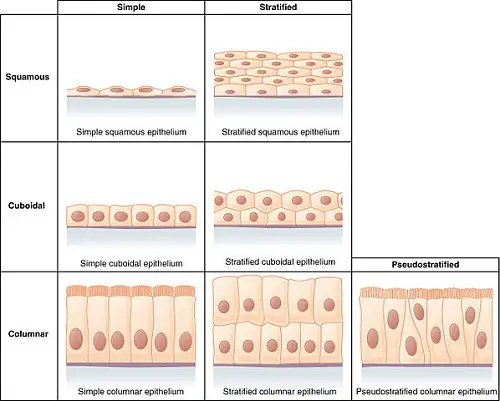Goblet cells are epithelial type of cells that are found mostly in the respiratory and intestinal tracts. Their main function is to secrete mucus and this is done for a variety of reasons. The goblets initially produce a substance called mucin, which is made of glycosylated proteins. When this substance mixes with water and other electrolytes, it changes consistency and becomes mucus. One reason for mucus production by the goblet cells is that mucus is needed by the body to trap various bacteria or microorganisms that may be present in the intestinal or respiratory tracts. Once these particles are trapped, the mucus will then help their transport out of the body with the help of other cell parts like the villi in organelles. Without mucus production from goblet cells, microorganisms like bacteria will be able to float around along the epithelial lining of the respiratory or intestinal tracts. When this happens, infection may occur at various parts of these tracts and this may lead to disease. Aside from microorganisms, mucus also helps trap dirt or dust that may have entered the body through the nose or mouth.
Mucus production in goblet cells also serves to protect the epithelial lining of the intestinal or respiratory tracts in terms of shear stress and damage. The presence of mucus literally lubricates the epithelial walls and gives them a protective coating from possible stress from various particles and substances that pass through them. In the case of the intestinal tracts, mucus helps prevent too much friction provided by various food items. Mucus production by goblet cells also serves to neutralize chemical attacks in the epithelial wall. Some chemicals that pass through the respiratory and intestinal tracts for example may be too harsh and cause damage. With the presence of mucus, some of these chemicals are diluted and neutralized to keep the epithelial walls healthy.









Leave a Reply